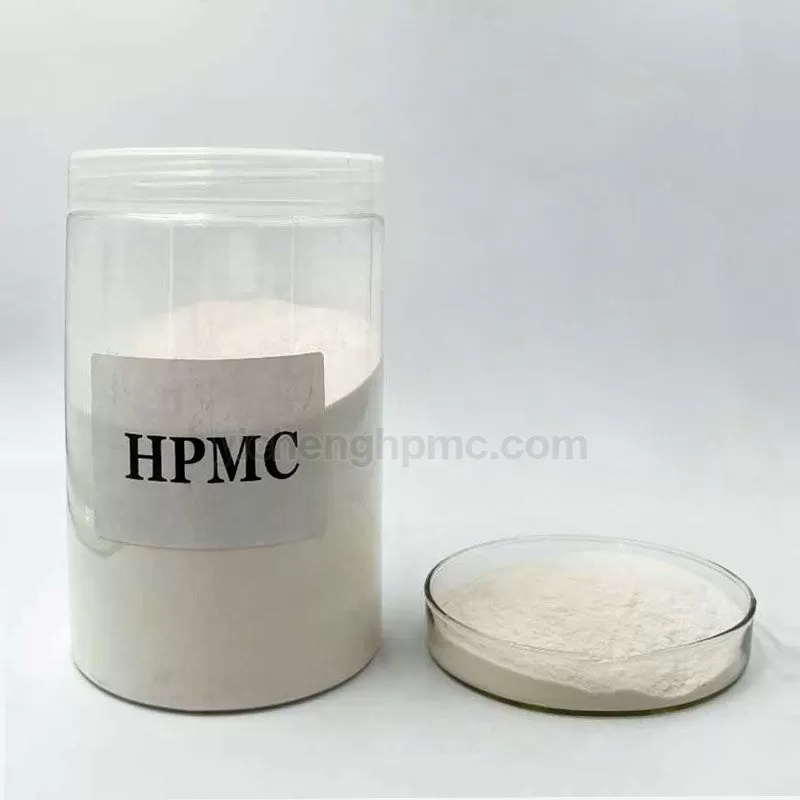Wall putty is an essential component in the construction industry, serving as a versatile material for preparing walls before painting. It plays a crucial role in ensuring a smooth, even surface, while also enhancing the adhesion of paint and providing durability. One key ingredient that contributes to the quality and effectiveness of wall putty is Hydroxypropyl Methylcellulose (HPMC). In this article, we will explore the benefits of HPMC in wall putty and its impact on overall performance.

Improved Workability with HPMC
HPMC is a cellulose-based additive that acts as a thickener, binder, and water-retention agent. When incorporated into wall putty formulations, it imparts excellent workability properties. The addition of HPMC ensures easy spreadability and allows for better control during application. Its thickening effect prevents sagging and dripping, resulting in a smooth and uniform coating.
Enhanced Adhesion and Cohesion
Adhesion is a critical factor when it comes to wall putty, as it directly affects the bond strength between the substrate and the paint. HPMC significantly improves adhesion by forming a strong connection between the wall and the putty layer. It enhances the cohesive properties of the putty, enabling it to adhere firmly to various surfaces, such as concrete, plaster, or wood.
Crack Resistance and Durability
Cracks on walls can be a persistent problem, leading to compromised aesthetics and structural integrity. HPMC plays a vital role in reducing the occurrence of cracks in wall putty. Its water-retention ability prevents premature drying, allowing the putty to cure evenly and minimizes shrinkage cracks. Moreover, HPMC enhances the overall durability of wall putty, providing long-lasting protection against environmental factors and maintaining the integrity of the paint layer.
Moisture Resistance
Moisture can adversely affect the performance of wall putty, leading to issues like efflorescence, dampness, or peeling paint. HPMC acts as a moisture barrier, protecting the walls from water intrusion. It forms a thin film that prevents water penetration while allowing the walls to breathe, reducing the risk of moisture-related problems.
Versatility and Compatibility
HPMC offers excellent compatibility with other additives and construction materials, making it a versatile choice for wall putty formulations. It can be easily incorporated into different types of putty, including interior and exterior variants, and complements various binders and fillers. This versatility ensures that HPMC can be tailored to meet specific performance requirements, making it suitable for a wide range of applications.
In conclusion, Hydroxypropyl Methylcellulose (HPMC) plays a significant role in enhancing the performance and durability of wall putty. Its workability, improved adhesion, crack resistance, moisture resistance, and compatibility make it an indispensable ingredient in high-quality putty formulations. By incorporating HPMC into wall putty, construction professionals can ensure smoother application, long-lasting protection, and aesthetically pleasing results. Invest in HPMC-based wall putty for superior performance and achieve walls that stand the test of time.




Comments
Please Join Us to post.
0